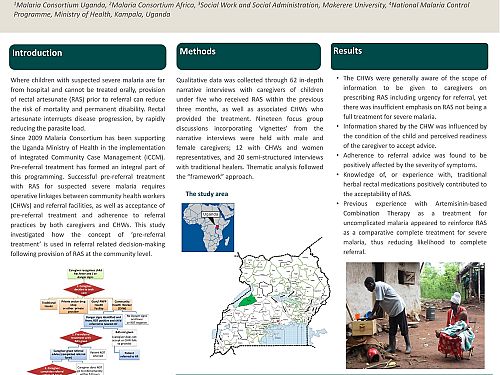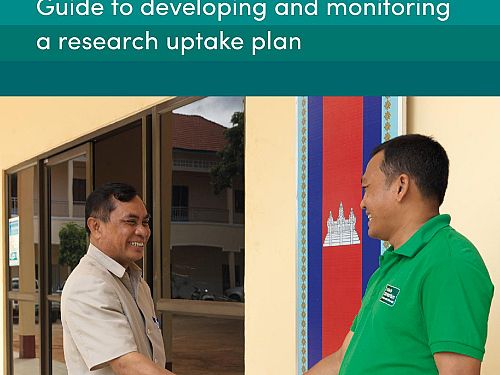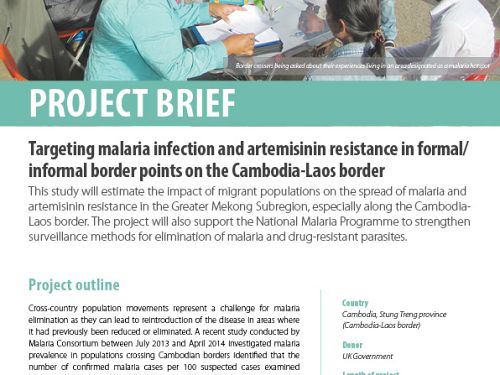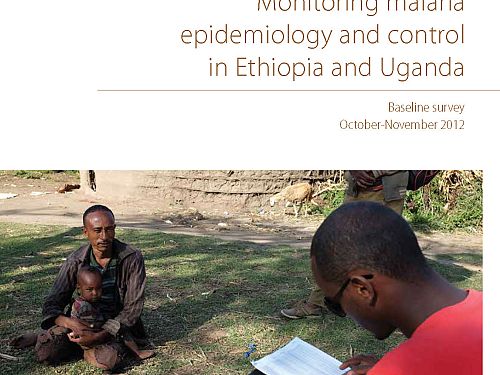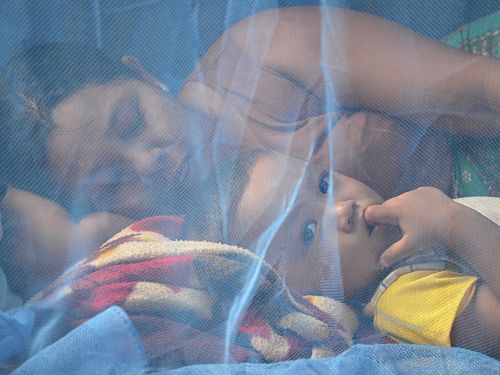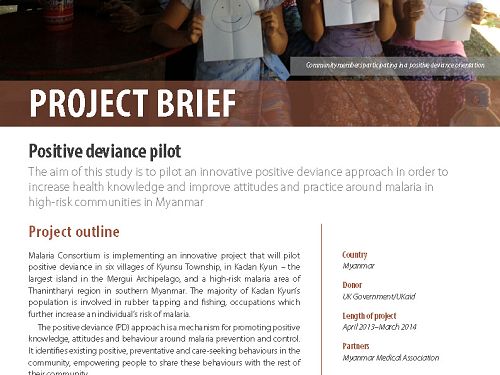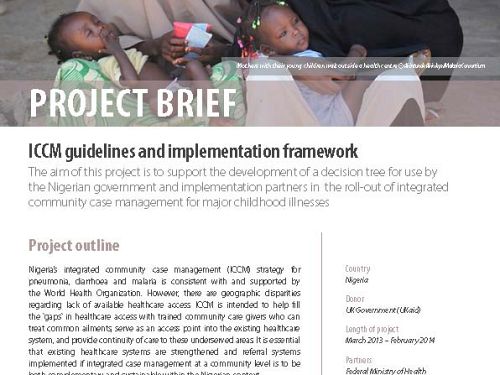Analysis of multi-country DHS and MIS data in relation to malaria control
Background
The Demographic and Health Survey (DHS) programme has been collecting and disseminating data on fertility, family planning, maternal and child health, gender, HIV/AIDS, malaria, and nutrition in the past three decades. In addition to the standard DHS surveys, the programme incorporates Malaria Indicator Surveys (MIS) that are nationally representative and provide some data on malaria epidemiology and control, especially in relation to insecticide-treated net (ITN) ownership and use, prevention of malaria during pregnancy, prompt and effective treatment of fever in young children, and malaria prevalence rates.
DHS and MIS data from several African countries were re-analysed to gain a deeper understanding of spatial magnitude and temporal trends of endemicity variables, coverage of control measures, and determinant factors for the use and impacts of key interventions.
Malaria-related datasets were acquired from surveys implemented between 1986 and 2012 in more than 30 countries. Climate data were obtained for more than 28,000 geo-referenced ‘clusters’ or villages from more than 80 surveys.
Appropriate statistical methods were used to investigate the relative contributions of epidemiological, socio-economic and climatic factors, and level of interventions, to observed disease outcomes.
Main findings
- The study helped to understand malaria epidemiology and control and the impact of interventions while taking into account the effects of climate and other factors potentially affecting malaria and its prevention over time. These findings are expected to contribute to the accumulation of evidence base for cost-effective use of available interventions and the expected impact they have.
- ITN ownership significantly increased over the years. During 2001-2004 (before the scale-up of ITN distribution), only 4% of households owned at least one ITN on average; this increased to 47% during 2009-2012 when large-scale mass LLIN distribution campaigns took place in most countries.
- The relationship between household ownership of nets and socio-economic status (SES) has changed over time. Before mass distribution campaigns, there was a large gap between the highest and lowest socio-economic levels. This gap started to close following the LLIN campaigns. However, there is still some gap remaining. Improving distribution systems and sustaining the campaigns could ensure more equity in ITN ownership.
- ITN use rates increased over the years both in the general population (as ownership increased) and in populations with access to nets. Several factors that could be determinants of net use were investigated. Climate (especially ambient temperature) was a significant determinant of use in people with access to ITNs. When controlling for malaria prevalence levels, SES, type of residence (urban/rural), climatic factors had a significant effect on ITN use rates, particularly temperature during the survey months. High survey month temperatures were associated with a significant reduction in ITN use rates.
- ITN use rates among households with access to nets increased with SES levels, potentially indicating importance of awareness and education.
- When controlled for potential confounders, an increase in ITN use was significantly associated with a decline in malaria prevalence rates.
- Rural areas had consistently higher malaria prevalence rates compared to urban areas.
- Individual infection risk increased with increasing socio-economic levels.
- Analysis of the trends showed that time has been one of the main determinants of malaria prevalence, indicating the effect that increased malaria control interventions have had. As time has progressed, the scale-up of vector control over the years has contributed substantially to the major gains in malaria control over the years.
- It is important to note that these results are observational and further conclusions may be drawn by more robust and directed studies. Nevertheless, the results provide an insight into the trends in malaria, climate and the effectiveness of malaria control interventions, and the importance of sustaining the control efforts.

